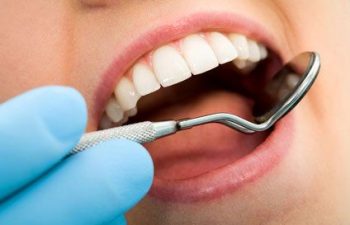You have probably heard the terms TMJ and TMD mentioned together or even interchangeably. While they both refer to the jaw, they do not hold the same definition. Let’s take a look at the difference between TMD and TMJ.
TMJ is short for temporomandibular joint. This is the hinge joint that connects the lower jaw to the temporal bone of the skull. Your TMJ is what enables your jaw to move up and down or side to side, allowing you to speak, chew and yawn. The position and movement of the jaw are controlled by jaw muscles. Simply put, TMJ refers to the actual jaw joint, not the disorders associated with it.
TMD stands for temporomandibular joint disorder. This happens when the jaw, jaw joint and surrounding facial muscles experience problems. TMD produces uncomfortable symptoms that most often result from problems of the muscles of the jaw or with the parts of the joint itself. Common causes of TMD (or TMJ disorders) are injury to the jaw, teeth grinding/clenching, dislocation of the disc between the ball and socket joint and the presence of arthritis in the TMJ.
Symptoms of TMD
It is important to know the symptoms of TMD. Recognizing them at home can help you find the most specialized and effective treatment options. For many patients, relief from jaw pain and other TMD symptoms can be found at your dental office.
TMD symptoms can include the following:
- Tension headaches
- Facial pain
- Limited ability to open mouth
- Jaw gets “stuck” or “locks”
- Earaches
- Difficulty chewing
- Swelling on the side of the face
At Grateful Dental, we want to know about any discomfort you have with your jaw. Although it may seem strange, your dentist may be able to alleviate your chronic tension headaches. We always educate our patients about TMJ disorders and how it could be affecting your oral health and quality of life.














